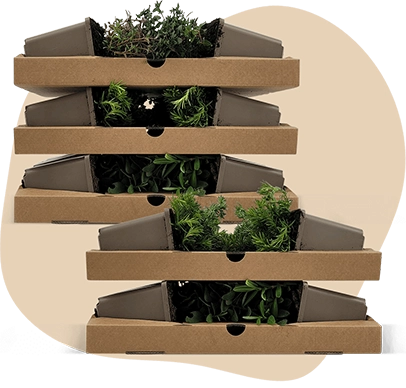Description
Acer tataricum 'Ginnala' | Amur maple
The Acer tataricum 'Ginnala', commonly known as the Amur maple, is a versatile shrub with an upright growth habit. This plant typically reaches a height of about 5 metres and can spread to a similar width. The leaves of the Acer tataricum 'Ginnala' are green, with a smooth texture and a distinctive shape that adds interest to any garden. Although it is not evergreen, the Amur maple is known for its stunning red autumn foliage. This plant is relatively low-maintenance, making it an excellent choice for gardeners seeking an easy-care option. While it does not produce fruits or berries, its fragrant flowers and suitability for hedges are notable features.
Key Plant Characteristics of Acer tataricum 'Ginnala'
- Acer tataricum 'Ginnala' blooms in May and June with white flowers that are not fragrant but are attractive to bees and butterflies.
- This plant thrives best in a sunny or partially shaded location for optimal growth.
- It prefers good garden soil that is well-drained, ensuring the soil is not too compact.
- The bark of Acer tataricum 'Ginnala' is smooth with a greyish-brown colour, and its branches have an upright growth habit.
For those looking to enhance their garden with
garden plants, Acer tataricum 'Ginnala' is an excellent choice due to its vibrant red autumn foliage and suitability for hedges.
Application of the Acer tataricum 'Ginnala' in the Garden
- The Acer tataricum 'Ginnala' is ideal for use as a solitary plant or in borders, adding a striking presence to any garden setting.
- This plant is winter hardy, thriving in temperatures as low as -40°C, making it suitable for various climates.
- It combines well with other shrubs, especially those with contrasting foliage or flowering times.
- The most notable ornamental value of Acer tataricum 'Ginnala' is its vibrant red autumn foliage, which provides a stunning display.
























